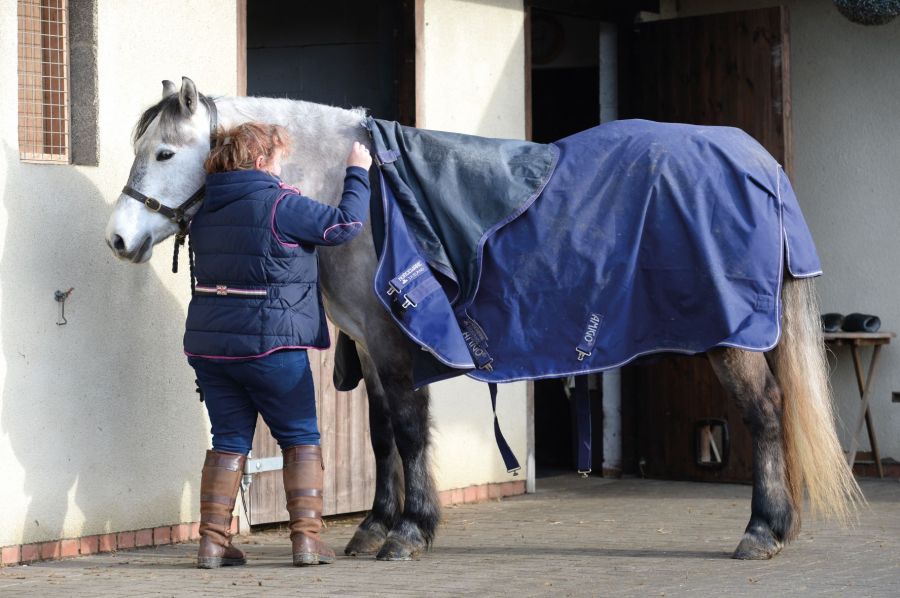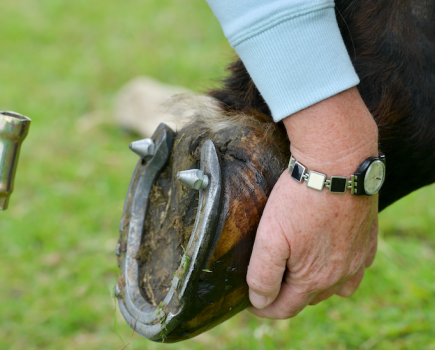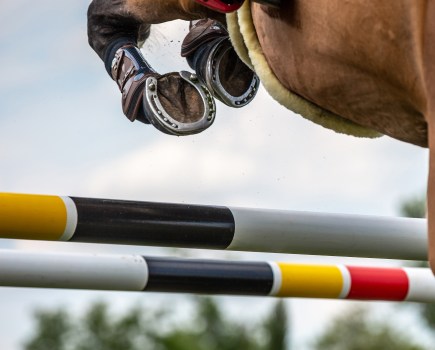Horses are expensive, and their rugs are among the more pricey items of kit that you will need to invest in. Most horses have multiple turnout rugs of varying weights, as well as stable blankets, coolers, fleeces and possibly even therapy rugs, so they certainly add up. With this in mind, it’s wise to ensure you carry out good horse blanket care so that they are kept in optimal condition to give them the longest life possible.
Below are my top tips for cleaning, waterproofing and managing rips and tears, both at home and via a professional. We also explore storage hacks, how to buy wisely and how you can determine it’s time to replace a rug with a new model. All are an essential part of good horse rug care.
Horse rug care: how to clean horse blankets and rugs
By the end of the cold, wet months your horse’s rugs are bound to be in need for some TLC, so it’s important to give them a good clean and reproof to ensure they are ready for next autumn and winter. You can either tackle this task at the yard yourself, or send your horse’s rugs to a professional cleaner. The latter is more costly, but may be a better option for those short of time or looking for a good-as-new transformation as part of their horse rug care routine.
DIY cleaning
To clean your horse’s rugs yourself, firstly scrub off dry dirt and dust with a bristled brush and then hose them down. Add some horse rug wash (they work better than just using soap) to hot water and scrub it into your horse rug thoroughly with a clean brush, paying attention to any visibly dirty areas. When you’ve done this, rinse off the wash with clean water. You can also repeat the process with a horse rug conditioner to extend its durability.
You should also wash with a re-waterproofing agent every now and again, to top up your rug’s waterproof layer – there are a variety of good-quality wash in re-waterproofers on the market, look out for those specifically designed for horse rugs. Make use of self-service laundrettes – they’ll also have driers you can use. You can put your rugs in old duvet covers to prevent damage to the machines.
Professional cleaning
While it may save you a few pounds to clean your own rugs, sending them away to be professionally cleaned — and reproofed if necessary — will mean your rugs will look like new. If you’re not sure who to go to, simply search online to find someone local. They often offer a collection service and a discount for larger quantities of rugs, so get together with others at the yard to make the most of deals.
Managing repairs
Make sure you give your horse’s rugs a regular check over, even when you’re putting them on them. If you spot any holes or broken buckles/straps, make sure they won’t be a danger to your horse and fix them as soon as possible. In a tight spot, the horse owner’s best friend (bailing twine) can come in handy. Repairs don’t necessarily have to be done by a professional. Rug repair kits can allow you to fix up minor breakages at home. Products which can be easily purchased inexpensively online include material patches (both self-adhesive and plain), glue and waterproof nylon tape.
Horse rug care: storage tips
There’s no getting away from it, rugs are bulky things and can take up a lot of room when they’re not in use. However, it’s essential that you store them somewhere where they’re going to stay clean and dry. The last thing you want is to discover that your rug is damp and mouldy just when your horse needs to wear it. Here are three handy options for protecting your rugs which won’t break the bank:
- Firstly, you could re-use the original bag your rug came in. Many manufacturers package their rugs in robust, zip-up bags. The only trick is mastering the art of folding them up so they fit back in where they came from.
- A second option is to try a rug storage bag, you can find these online at a variety of prices.
- Lastly, you could try storing your rugs in vacuum bags. This is a popular choice, especially if you’re short on space. The zip-close bags allow you to store bulky items efficiently. Once sealed they vacuum flat to take up much less room and protect your rugs from dirt and damp in the process.
Make sure rugs are completely dry before packing them away. If your rug is damp it will go mouldy, stitching will rot and metal fastenings will corrode. Bagged rugs can be stored in a metal storage container or plastic boxes with lockable lids to prevent any rodent damage.
Horse rug care: drying a wet and muddy turnout rug
During the winter when your horse isn’t wearing a rug but it is still in regular use, hang it up in a well-ventilated area so it can dry out, or not get damp. You can buy specially made rug racks — usually with three or five arms that hang on a wall. Each arm swivels, making it easy to hang rugs on and when not in use it folds back against the wall. There are also heated rug driers. These will ensure that your rugs are dry before you put them back on your horse and will help to keep rugs in good condition. These are pricey, though, so not realistic for some yards.
Personally I lay a wet turnout rug out over my large bales of straw to dry. Sometimes it takes a couple of days (I have one horse in particular who seeks out the wettest, muddiest part of the field to roll in), so I have a spare turnout to use while it’s drying. Once they’re dry, they hang over a rail in one of our spare stables. I like doing this, because the rugs are being aired and it keeps the mud out of my tack room. If you consider that you’ve probably spent around £100 on each turnout and stable rug, and say you three or four of those per horse, the total number of pounds quickly adds up — another reason to protect your investment with top-notch horse blanket care.
Make rugs last longer: buy wisely
For turnout rugs that are going to be subjected to some tough use, buy a rug that’s made from a high denier material. The higher the denier, the tougher and heavier the fabric. For example, 1,200 denier and above is very strong, while 600 denier won’t be as robust. It may cost more for a higher denier rug, but it should last longer.
Ripstop fabric and ballistic nylon are two other features to look out for. Both fabrics are more resistant to tears and, if they do get ripped, the rips don’t tend to spread. This means it should be a lot easier to repair the damage so your rug is still usable.
A rug that is too big is likely to slip and may get trodden on and ripped when your horse is rolling, or worse still he may get caught up in it. The shape and cut of the rug will vary between different manufacturers, so it’s worth trying a few different brands to find which one suits your horse’s body shape the best.
Horse blanket care: is it time for a rug?
It’s inevitable that over time your horse’s rugs will show the signs of wear and tear. But when do you need to repair and when do you need to replace?
“Stable rugs can be repaired and washed many times, and are usually subjected to much less than turnouts, which means they will last for years and years if you keep them clean,” says Mandy Adams from Newmarket Stable Care. “On turnout rugs, the waterproof membrane coating on the back of the outer material will eventually start to break down with use and age. This may become obvious only if there is a tear in the material and you can see that the membrane has come away from the material. Sometimes you can feel this through the lining and padding.
“When it becomes clear that your rug is no longer waterproof, it’s important to assess the cause,” continues Mandy. “Take time to look over your rug for damage to the outer fabric — sometimes this won’t be obvious until it’s clean. Even the tiniest hole will let in water, and although there isn’t much that can’t be repaired you have to bear in mind, especially with turnout rugs, that if any repairs involve stitching you are putting tiny holes into the rug, which will compromise how waterproof it is. Even reproofing may be less successful.
“It’s at this point that it is more cost effective to consider purchasing a new rug, rather than your horse getting wet and cold as the rug will no longer offer them the protection they need. You can, of course, still use the older rug as a stable rug or keep it as a spare.”









